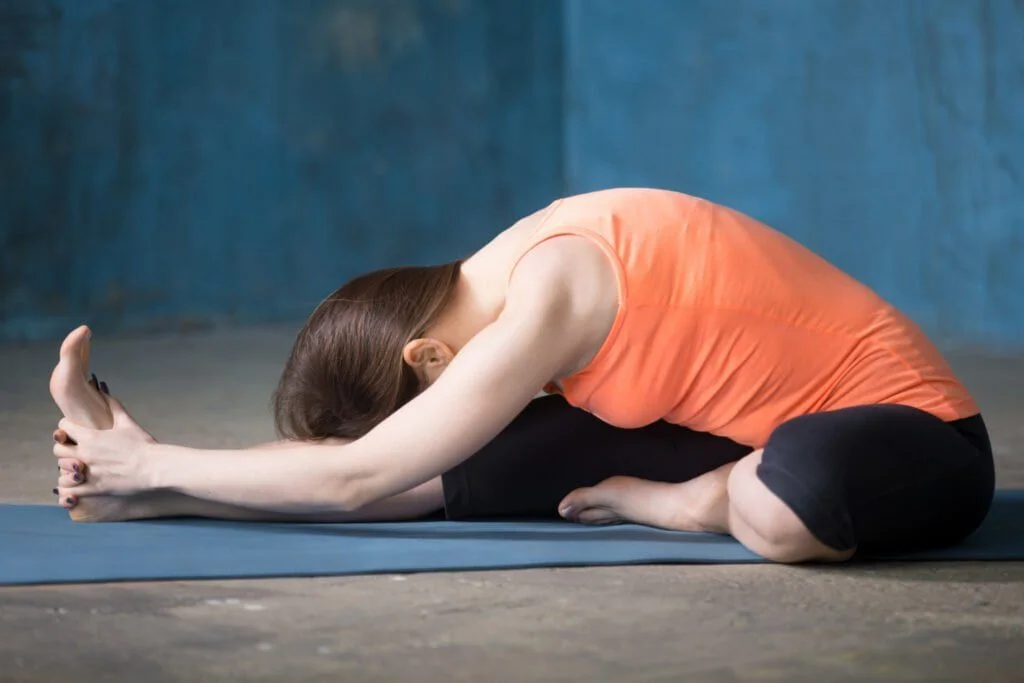Mudras are hand gestures used in yoga and meditation to channel energy and enhance concentration. Athletes can benefit from incorporating mudras into their training routines to improve focus, increase strength, and prevent injury. By practicing specific mudras, athletes can enhance their performance and achieve their fitness goals more effectively. In this guide, we will explore some of the most beneficial mudras for athletes and how to incorporate them into your workout routine.
Benefits of Mudras for Athletes.
Mudras, or hand gestures, are a powerful tool that can provide numerous benefits for athletes. Some of the key benefits of incorporating mudras into an athlete’s training routine include:
1. Improved focus and concentration.
Mudras can help athletes to center their mind and improve their focus during training and competition. By practicing specific hand gestures, athletes can calm their mind and stay present, which can enhance their performance.
2. Increased energy and vitality.
Certain mudras are believed to help balance the body’s energy and improve circulation, which can boost an athlete’s overall energy levels and vitality. This can help athletes to perform at their best and recover more quickly from intense training sessions.
3. Enhanced strength and flexibility.
Some mudras are thought to stimulate specific energy channels in the body, which can help to increase strength and flexibility. By incorporating mudras into their training routine, athletes can improve their physical performance and reduce the risk of injury.
4. Stress relief and relaxation.
Mudras can be a powerful tool for athletes to manage stress and promote relaxation. By practicing specific hand gestures, athletes can release tension in the body and calm the mind, which can help them to recover more effectively and perform at their best.
5. Improved mental clarity and decision-making.
Mudras can help athletes to improve their mental clarity and decision-making skills, which can be crucial during competition. By practicing specific hand gestures, athletes can enhance their intuition and make quick, informed decisions on the field or court.
Overall, incorporating mudras into an athlete’s training routine can provide a range of benefits that can help them to perform at their best and achieve their goals. By practicing specific hand gestures, athletes can improve their focus, energy levels, strength, flexibility, stress management, and decision-making skills, ultimately enhancing their overall performance and well-being.
Top 5 Mudras for Athletes.
1. Yoni Mudra.
In a meditation posture, bring your palms together with your fingers stretched out pointing away from the body. Keep the tips of your index fingers together and bend and interlace your little fingers, ring fingers and middle fingers so that the backs of your fingers are in contact. Bring your thumbs closer to the body and also bring their fingertips together.
2. Bhairava Mudra.
In a meditation posture, place your right hand above your left with your palms facing up. Rest your hands on your lap. Women would do it the other way around, the left hand above the right (Bhairavi Mudra).
3. Hridaya Mudra.
Sitting, place the tips of your index fingers in contact with the base of your thumbs. Join the tips of your middle and ring fingers with the tips of your thumbs. The little finger is kept stretched and the palms are placed upwards.
4. Shanmukhi Mudra.
Sitting, close your eyes and place your hands on your knees. Raise your arms with your elbows outward and close your ears with your thumbs, your eyes with your index fingers, your nostrils with your middle fingers, and your mouth with your ring fingers and little fingers above and below your lips respectively. Release the pressure on the middle fingers, inhale, close the nostrils again, holding the air for a comfortable amount of time and finally, release the nostrils again and exhale. Repeat for 5-30 minutes.
5. Ksepana Mudra.
In a sitting or lying position, join the two index fingers together. Cross the rest of your fingers and keep your fingertips resting on the back of your hands. The thumbs can be crossed or left outstretched. If you are sitting, the index fingers point to the ground and if you are lying down, in the direction of your feet.
Bottom Line.
Overall, mudras can be a beneficial tool for athletes looking to enhance their performance and well-being. By incorporating specific hand gestures into their practice, athletes can improve focus, concentration, and energy flow, leading to better physical and mental performance. Whether used during training, competition, or recovery, mudras offer athletes a simple yet powerful way to optimize their performance and achieve their goals. With continued practice and exploration, athletes can unlock the full potential of mudras and experience the benefits they have to offer.

 Workout
Workout
 Meditation
Meditation





 Contact Us
Contact Us












